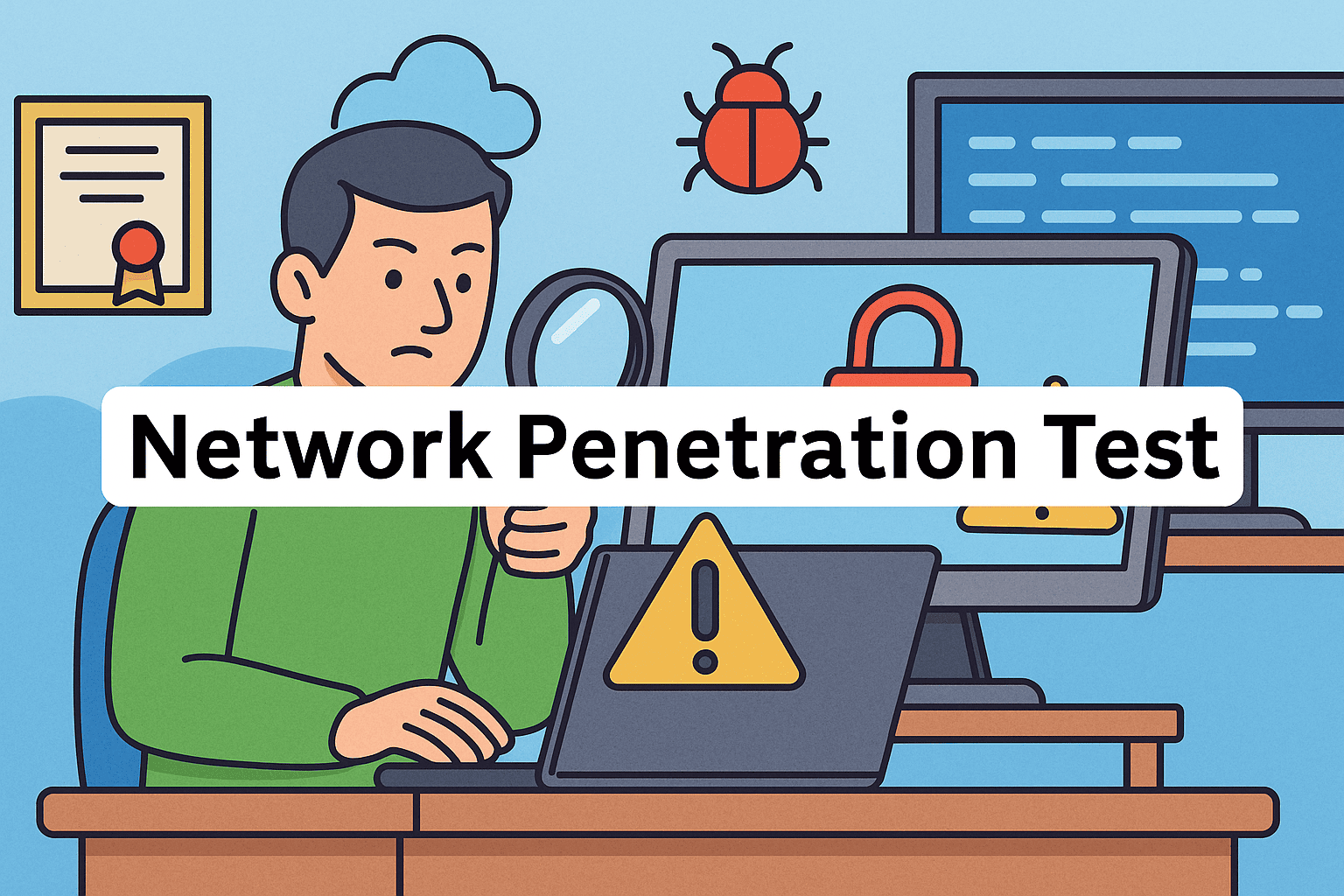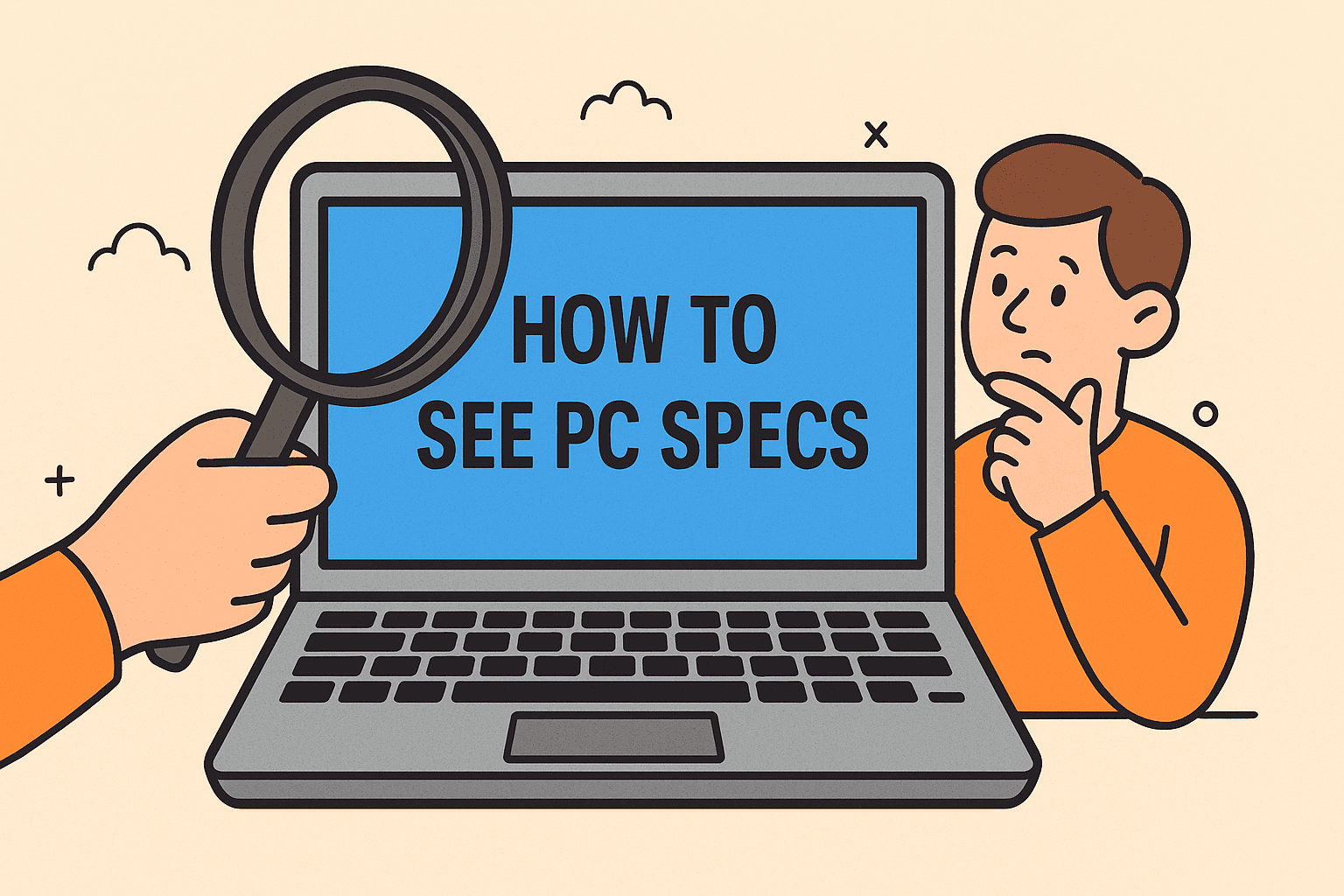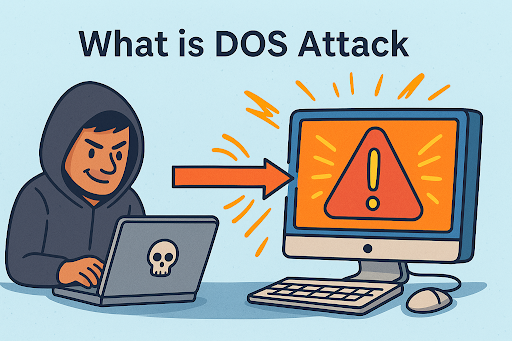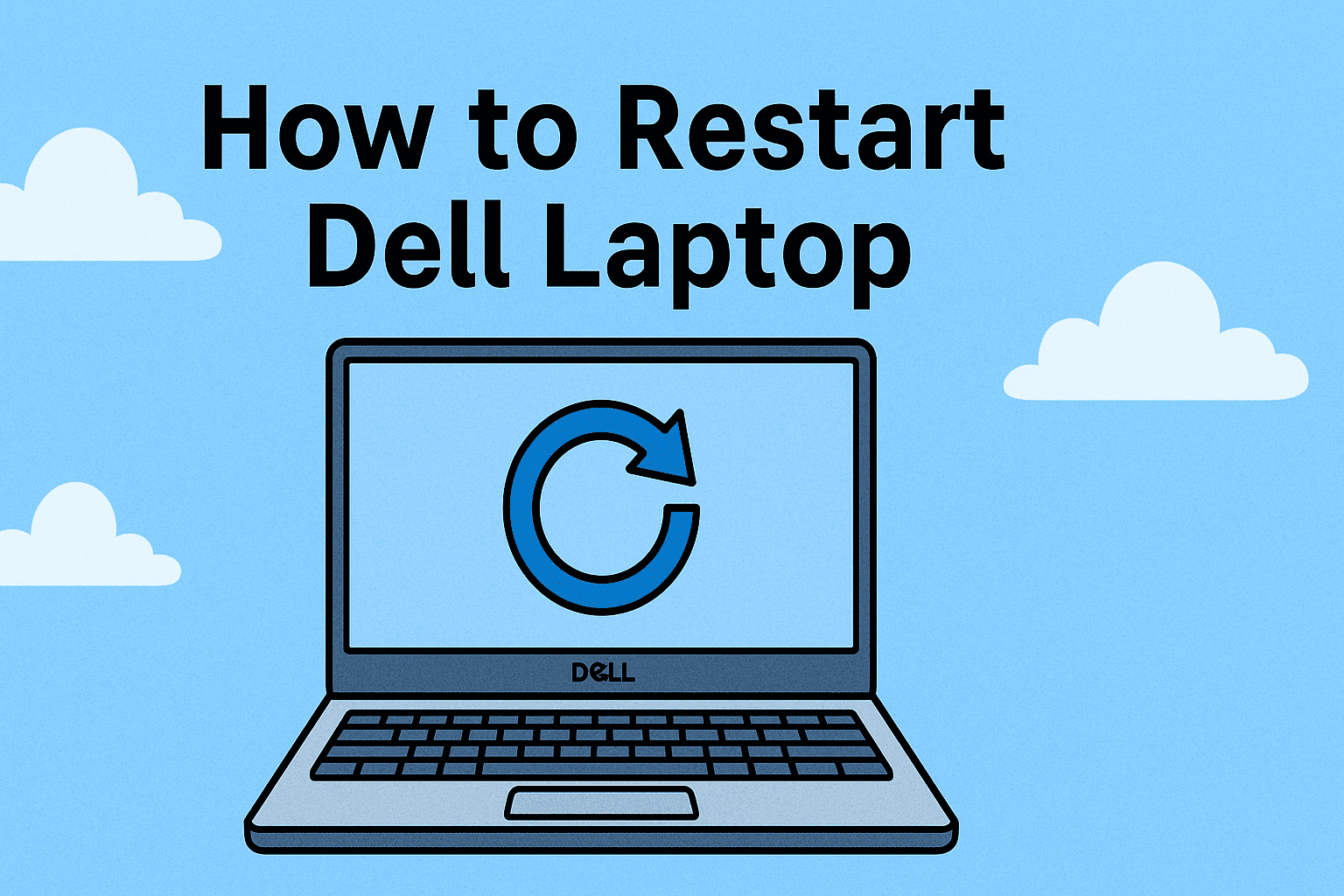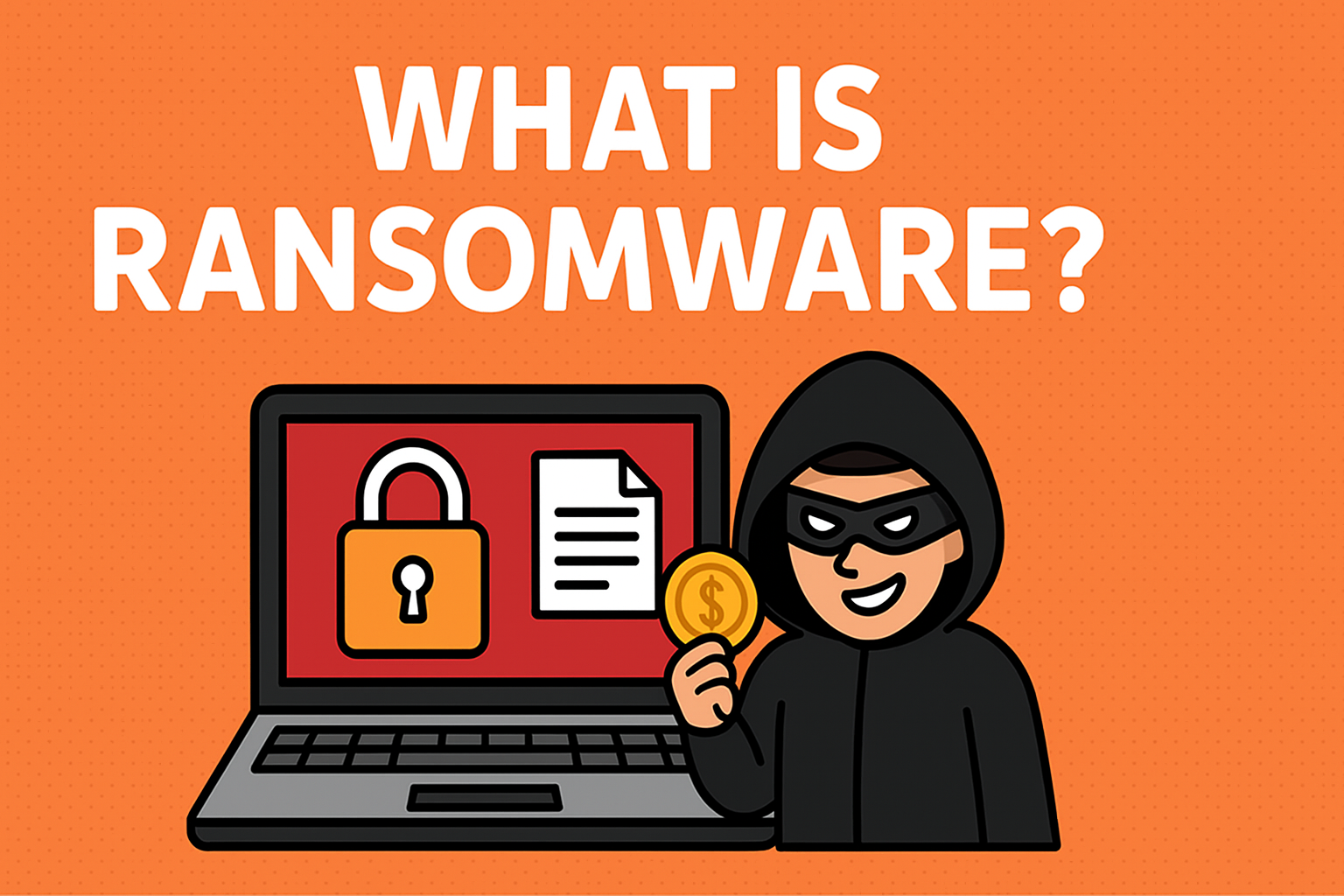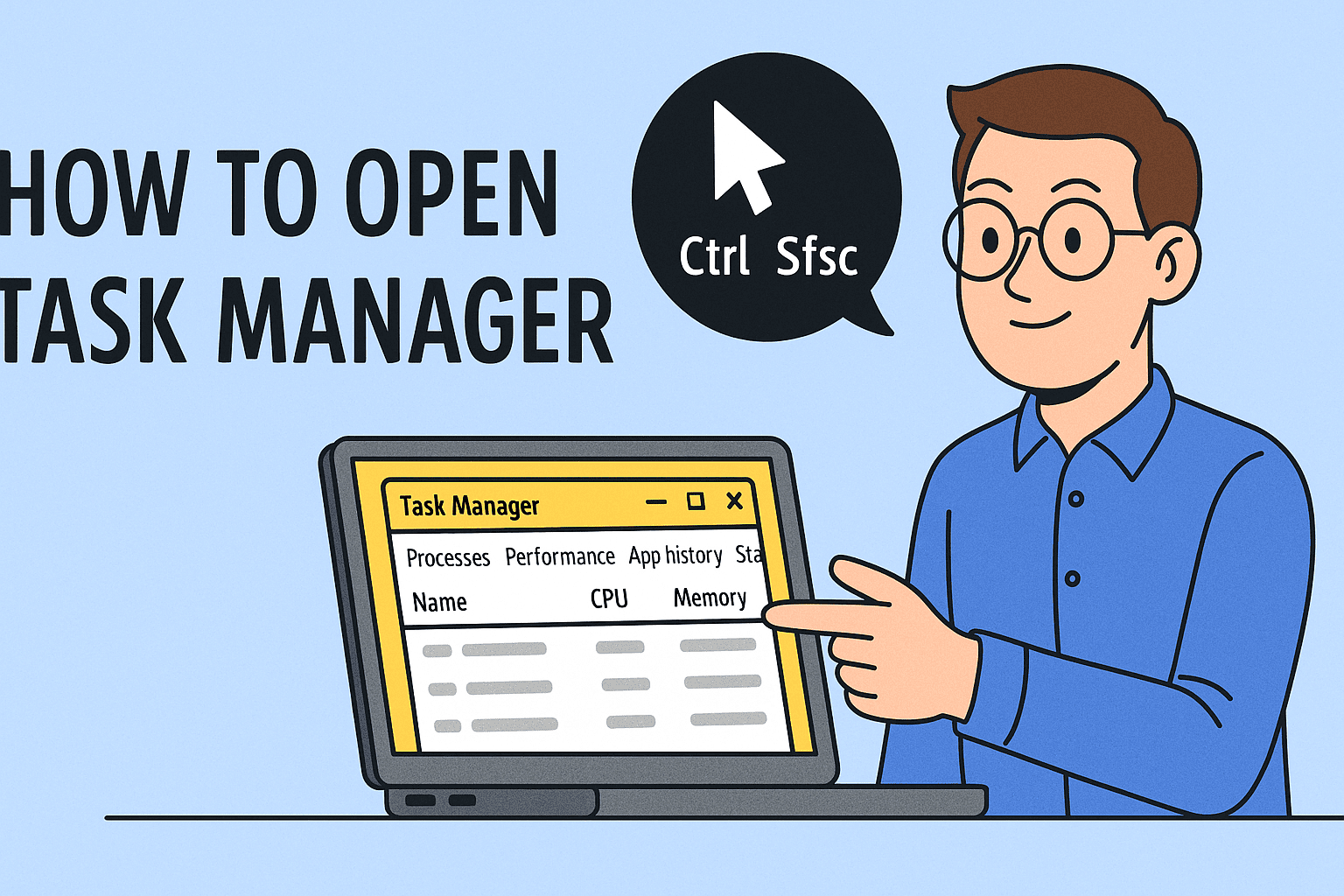The Imperative of an All-in-One IT Management Platform for MSPs
Updated on November 15, 2023, by ITarian
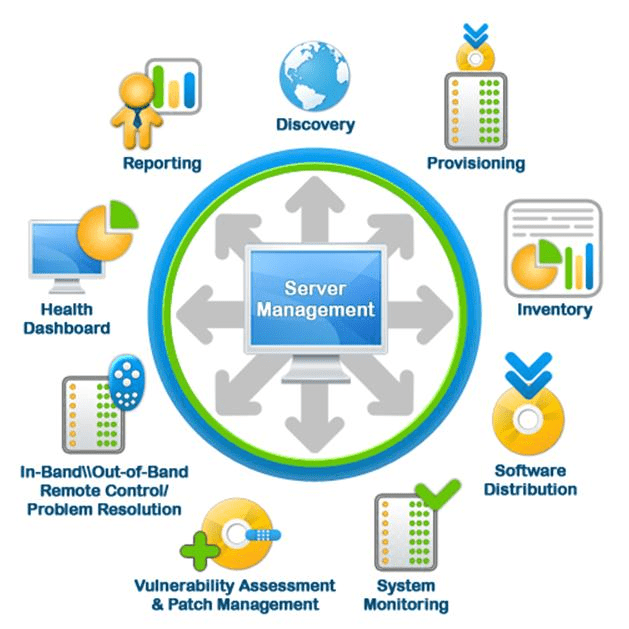
Published November 17th, 2023 by Editorial Staff
In the ever-evolving landscape of technology, Managed Service Providers (MSPs) are the unsung heroes, ensuring that businesses, big and small, run smoothly. As an SEO expert, I understand that the backbone of any successful MSP lies not just in the talent of its team but also in the tools they employ. In today’s fast-paced digital world, an all-in-one IT Management Platform isn’t just a luxury; it’s a necessity.
Why an All-in-One Platform?
Unified Systems Lead to Enhanced Efficiency
Fragmented systems are the bane of productivity. MSPs often deal with various tasks such as remote monitoring, managing backups, cybersecurity, etc. Juggling multiple platforms for these tasks can lead to inefficiency and increased chances of error. An all-in-one platform streamlines these processes, providing a single pane of glass for all IT management needs.
Cost-Effective Solution
Financially, it makes sense. Investing in separate tools for different tasks can be expensive. An integrated platform, although it may seem costly upfront, proves to be more cost-effective in the long run. It reduces the need for multiple subscriptions and the resources required to manage them.
Improved Client Satisfaction
In the MSP world, client satisfaction is paramount. A unified platform allows MSPs to provide faster and more reliable services. Quick resolution of issues and proactive maintenance lead to happier clients and long-term relationships.
Enhanced Security
Cybersecurity threats are a significant concern for MSPs. An all-in-one platform provides comprehensive security features, ensuring data protection and minimizing the risk of breaches. Consolidated security measures are easier to manage and monitor.
Scalability and Flexibility
As businesses grow, their IT needs evolve. An all-in-one platform offers scalability, enabling MSPs to easily add or modify services without overhauling their entire system. This adaptability is crucial for both MSPs and their clients.
Key Features of an All-in-One IT Management Platform
Remote Monitoring and Management (RMM)
A robust RMM tool is the heart of an all-in-one platform. It should allow for seamless monitoring and management of all client systems, provide alerting capabilities, and enable remote troubleshooting.
Professional Services Automation (PSA)
PSA is essential for workflow automation, managing client information, ticketing, and billing. Integration with RMM ensures a smooth flow of information and task management.
Backup and Disaster Recovery
Data is the lifeblood of any organization. The platform should offer comprehensive backup solutions and a solid disaster recovery plan to safeguard client data.
Security Features
Incorporating endpoint protection, firewalls, and regular security audits is non-negotiable. The platform should facilitate a layered security approach to defend against cyber threats.
Cloud Management
With businesses increasingly moving to the cloud, the platform must provide tools for managing cloud infrastructure, ensuring seamless migration, and monitoring cloud resources.
Reporting and Analytics
Detailed reports and analytics help in making informed decisions. The platform should offer customizable reporting tools to track performance, identify trends, and pinpoint improvement areas.
Choosing the Right Platform
Assessing Your Needs
Before diving into the many options available, MSPs must assess their specific needs. What are the primary services offered? What are the typical client demands? Understanding these will guide the selection process.
Integration Capabilities
The chosen platform must integrate well with other tools that the MSP might be using. Seamless integration reduces friction and enhances overall functionality.
User-Friendliness
A platform, no matter how feature-rich, is only effective if it’s user-friendly. Ease of use ensures quick adoption by the team and reduces the learning curve.
Support and Training
Adequate support from the platform provider is crucial. Additionally, training resources to help the team get up to speed with the platform’s functionalities are essential.
Cost vs. Value
While cost is a significant factor, it should be weighed against the value the platform provides. A cheaper option might become more expensive in the long run if it lacks critical features or scalability.
Conclusion
For MSPs aiming to stay ahead in a competitive landscape, adopting an all-in-one IT Management Platform is not just a smart move; it’s an essential strategy. It streamlines operations, enhances service delivery, and ultimately leads to growth and success. As technology advances, the integration and simplicity offered by such platforms will become increasingly crucial. Therefore, it’s time for MSPs to embrace these solutions and transform their service delivery.

